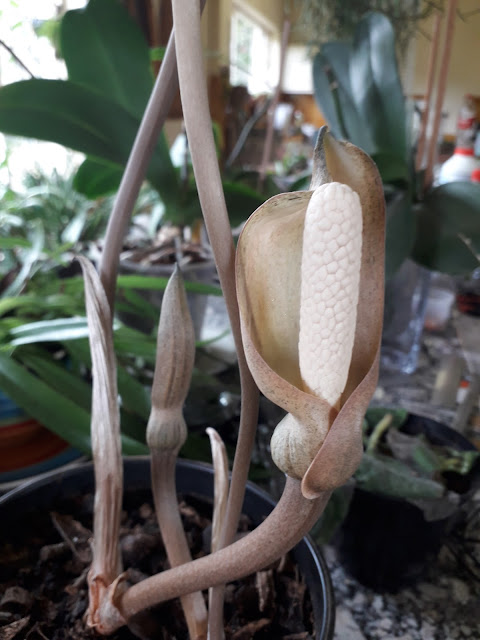Is a cycad that belongs to the plant family Zamiaceae.
The common English names for it are Kosi Bay cycad or
Tongaland cycad
The local Zulu people of the area know it as either isitobhani or isigqiki somkhovu which is an interesting name ghost’s chair. isiqgiki means chair and somkhovu means ghost.
Description
Encephalartos ferox are very striking plants that stand out in the landscape which are usually single-stemmed with new suckers being produced from the base. The stems are subterranean. The fairly broad arching leaves are 1-2 meters long and bear numerous dark green, holly-like leaflets approximately 15cm long and 3-5cm wide. with distinctly lobed teeth on both the upper and lower margin.
The male and female cones are a deep bright red colour. As all other Encephalartos species the plants are either male or female and bear different cones. The female plants bear 1-5 ovoid cones, each 25-50 cm tall and 20-40cm in diameter. The female cones are sessile on the plant in that they have no stem. The male plants however bear 1-6 cylindrical cones per crown. These are longer 40-50cm and much narrower only 8-10cm in diameter. The male cones are held on short stems up to 3cm long. The seeds large bright red seeds are up to 5cm long and are covered in a glossy bright orange to red flesh.
Distribution and habitat
Encephalartos ferox is found growing in the coastal bush
from northern KwaZulu Natal from Sodwana Bay northwards along the coast to Kosi
Bay and then further north along the Mozambique coastline as far as Vilanculos.
In the Kosi Bay area and in particular in the area between the eMalangeni Forest and the Indian ocean Encephalartos ferox is found growing in deep nutrient poor sandy soils in large numbers, they grow predominantly in the shade of Syzygium cordatum trees both along the forest margin as well in wooded grassland dominated by Syzygium cordatum locally known as umdoni. Encephalartos ferox is locally abundant in this area often occurring within 50m of the beach. Rainfall in this subtropical and humid area varies from 1000 -1250mm per annum. Fires which are fairly frequent are an important element in this plant’s grassland habitat, they only cause superficial damage to the plant.
Encephalartos ferox grove growing in the light shade of Syzygium cordatum
Ecology
The fleshy seeds are eaten mostly by vervet monkeys, and birds in particular the Trumpeter Hornbill Bycanistes bucinator, they are attracted by the fleshy covering of the seed and are important agents of seed dispersal. In particular the hornbills play a very important role in their distribution.
Video of Kosi Bay cycads Encephalartos ferox under Syzygium cordatum trees at emalangeni forest
After eating the seeds the hornbills fly and sit in the Syzygium trees were the seeds are mostly deposited by them thus under nearly every Syzygium cordatum tree in some areas large numbers of Encephalartos ferox are found growing.
Growing Encephalartos ferox
The Encephalartos ferox is a popular landscape and garden
subject which grows best in full sun to light partial shade where it flowers best producing
up to 800 seed in one cone.
Propagation is mostly by seed however the occasional sucker
produced can be removed from the mother plant and grown. I have grown vast numbers of these cycads
from seed germinated in a propagating unit with bottom heat set between 25 – 27
degrees centigrade with intermittent mist. The seeds were placed on the surface
of a thin layer of well drained coarse sand mixed with a little peat moss. Once
rooted and the first leaves had hardened, the seedlings were carefully removed
and planted into small pots with the seed on the surface and only the root planted
into the soil.
Guided excursions
Please join us on one of our many guided excursions conducted in Zulu, English or German into the eMalangeni Forest, Kosi Bay area, Tembe Elephant Park the home of the world largest elephants and other surrounding natural areas. Please visit one of my websites for my contact details.













